Located east of Ho Chi Minh City, the offshore commune of Thanh An in Can Gio District was known as the most difficult area of the city. However, thanks to the tireless efforts of the authorities and locals, Thanh An has changed for the better and attracts a large number of tourists.
From Ho Chi Minh City, we drove to the Sac Forest and arrived at the wharf in the town of Can Thanh where there are five ferry-boats to Thanh An Island and back everyday, costing 10,000 VND/ticket. It takes about 40 minutes to get to the island commune which is surrounded by mangrove forests and a wave preventing dyke. Thanh An, covering 131km2 of mainly mangrove forests, was considered an important gateway of the former Saigon – Gia Dinh. The commune consists of three hamlets; Thanh Hoa, Thanh Binh and Thieng Lieng with about 5,000 residents who earn their living from mainly fishing, salt making and oyster farming.
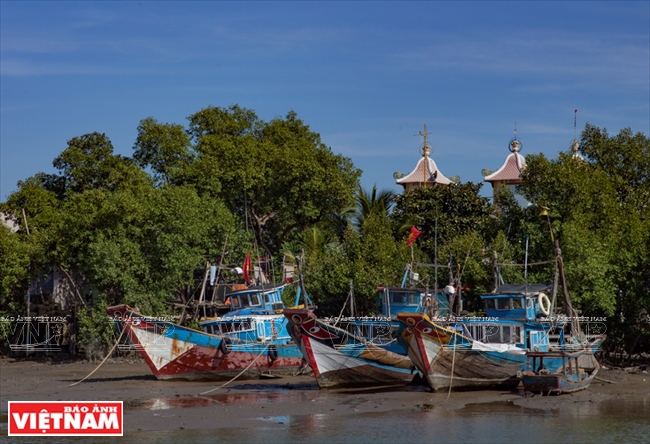
Part of the island commune of Thanh An.
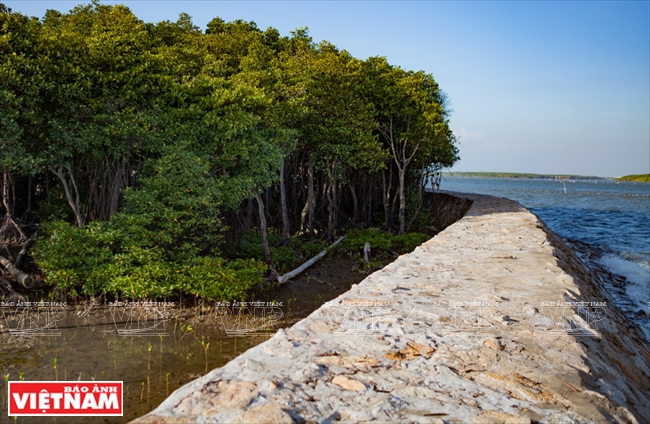
A section of the rock dyke in the commune.
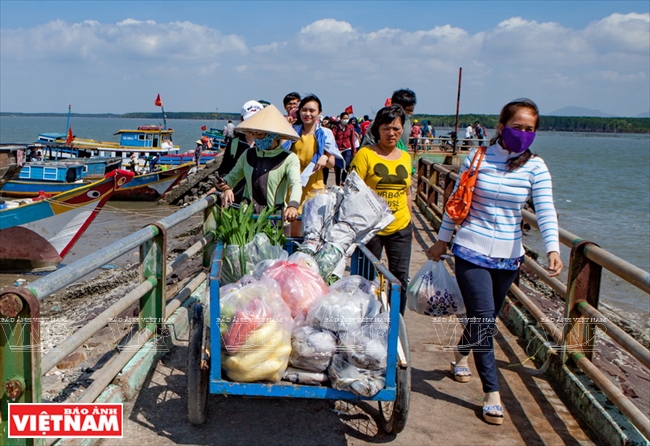
Daily commodities are transported from the mainland to the island by boats.
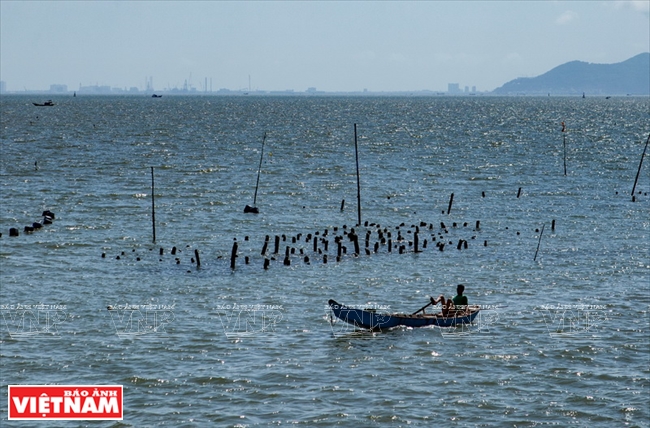
Aquiculture is developing on the island.
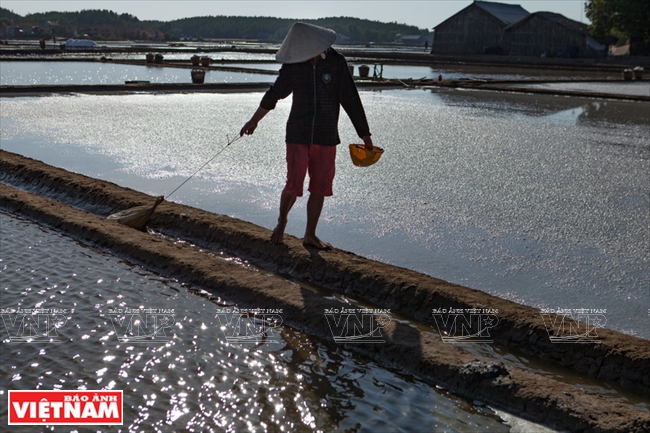
Making salt in the field.
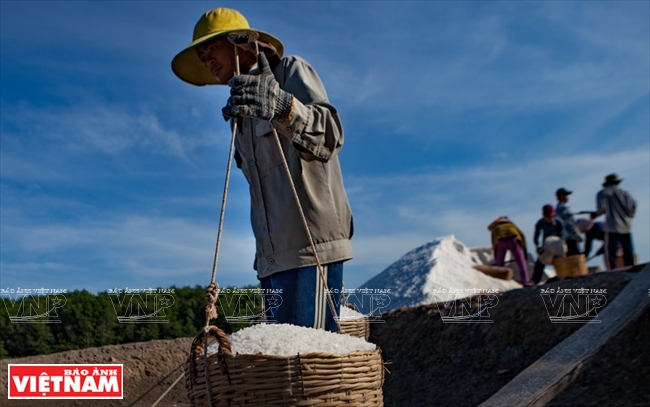
Salt making has existed for a long time in the commune
and has strongly developed in Thieng Lieng Hamlet.
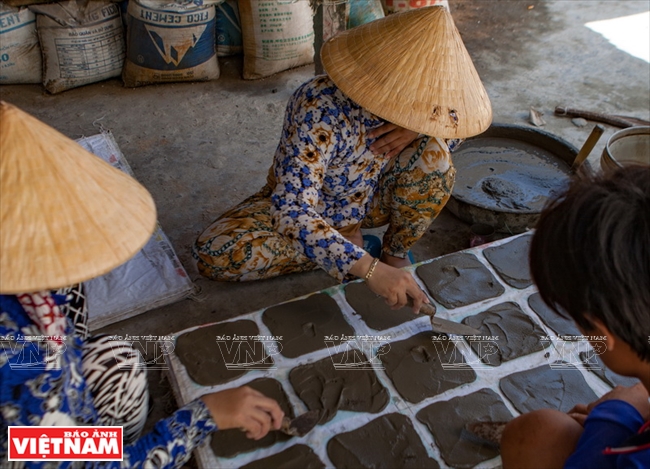
The locals make oyster raising cages.

Raising oysters in Thanh An

Fresh seafood in the commune.
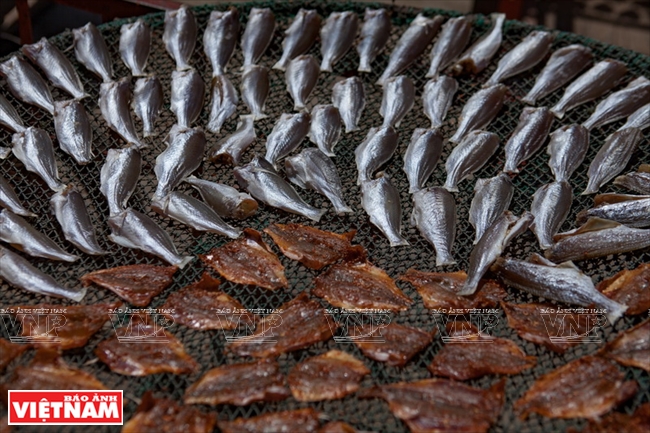
Drying fish in Thanh An
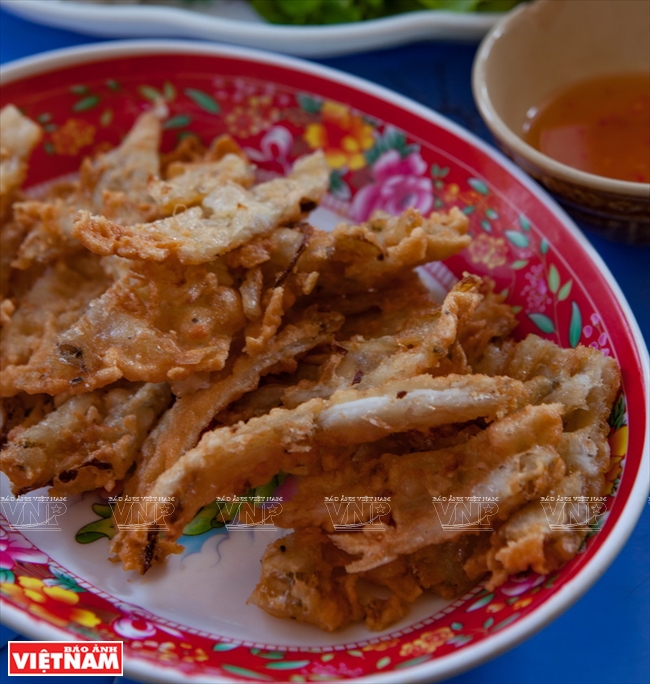
Enjoying fresh, delicious seafood in Thanh An
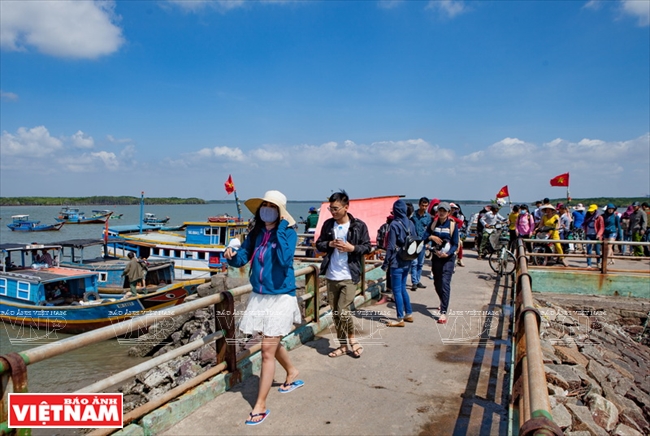
Tourists visit the island at weekends. |
In recent years, the commune has experienced a great change thanks to incentive policies and programs on building schools, clinics, reinforcing the dyke system for sea encroachment prevention and concrete roads. The commune got national electricity in April 2015 which helped boost economic development and considerably improve the locals’ living standards. Previously, the locals used electricity from diesel generating stations for a few hours a day so their life and production were seriously affected. Now, they can use electricity to make salt and buy electric equipment for their trades, aquiculture, seafood processing and tourist services.
The commune has a large salt-making area in Thieng Lieng which covers more than 400ha. Tran Thi Tuyet Mai who owns a 2.5ha salt field said, “Thanks to the salt field, I am able to support four children in school. Three of them graduated from university and now have a stable job and the youngest is in primary school”.
At weekends, a large number of tourists visit the island where they can enjoy fresh seafood for a cheap price, fishing or learning about the islander’s life.
Story: Nguyen Oanh
Photos: Nguyen Luan